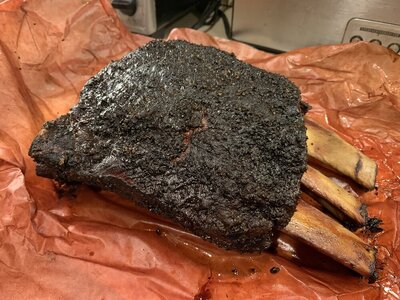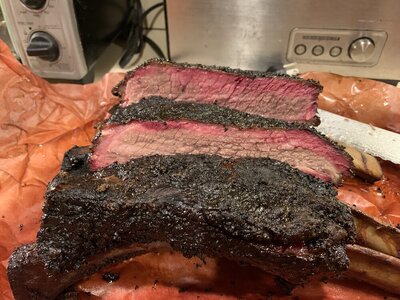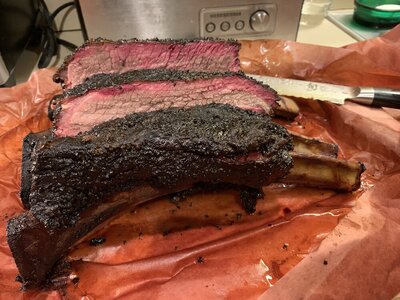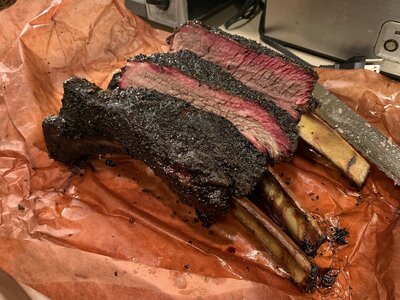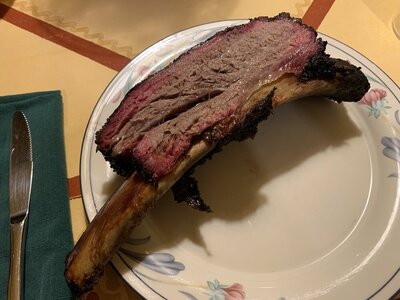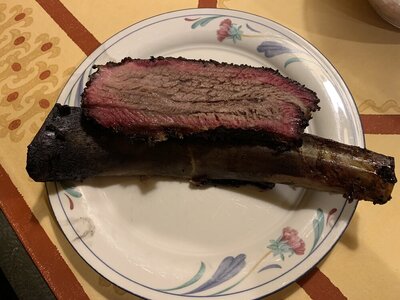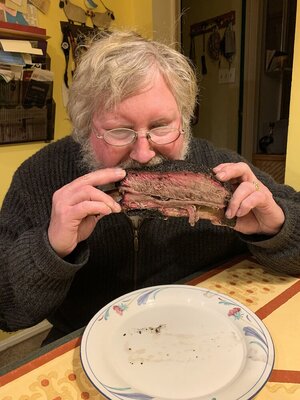- Oct 21, 2022
- 13
- 1
To start I’ve been smoking meat for 10+ years mainly on WSM and gravity smokers. I’m new to cooking on offset smokers and I have a custom built 80 gallon RF.
My question is, how do i prevent meat from becoming overly dry on the outside? I’m usually cooking at 250 +-20. Is that to hot for a smaller offset? Is the air moving to fast? Do I need to lessen the air intake? Do I play with the stack damper?
Most things I read say maximize air flow. Is it possible to have to much air flow? Is my wood overly dry? Please help I’m lost
My question is, how do i prevent meat from becoming overly dry on the outside? I’m usually cooking at 250 +-20. Is that to hot for a smaller offset? Is the air moving to fast? Do I need to lessen the air intake? Do I play with the stack damper?
Most things I read say maximize air flow. Is it possible to have to much air flow? Is my wood overly dry? Please help I’m lost
Last edited:


